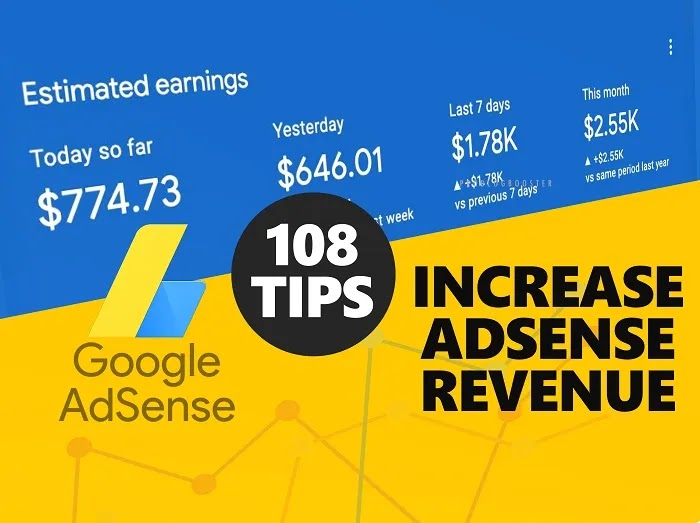The article discusses Jasper AI, transform the way you create content with Jasper AI! Discover the power of artificial intelligence in writing with its AI-powered content creation service. Create high-quality, original content for your blogs, business, or personal needs in a matter of seconds. With user-friendly interface and affordable pricing, Jasper AI is the perfect tool for enhancing your writing skills and improving productivity. Check out here for a comprehensive review and real-life examples of using Jasper AI.
Increase Organic Traffic With a 15-min Content Audit | Without Publishing New Content
Content Audit —
The content that you have on your website is not immortally relevant. Some of the blogs or service pages might be obsolete, not engaging the audience anymore. So, instead of keeping what you don’t need, you either modify it or, if needed, delete it.
Content audits have an essential part in a balanced SEO strategy to increase website traffic organically. Content auditing may be time-consuming, especially for websites that have hundreds of pages and blogs. However, it yields good outcomes and, in no way does it have any negative consequences.
Proof of the matter is that a year ago, Ahrefs deleted about 30 percent of the posts on its website after auditing content. With almost one-third of less content, Ahrefs witnessed about a 7% hike in traffic in a matter of 60 days after the content audit. When done right, you can witness similar benefits from content auditing. Here what you are going to learn:
- How do I do a content audit?
- How do you audit SEO?
- Why is a content audit useful?
- How do you do a content marketing audit?

Steps for successful content auditing
To be precise about the need for content auditing, it’s best to say that you’d rather have the content that doesn’t perform removed than keep it. Now that it’s clear how content auditing can be a good idea.Here's a step by step guide to perform the successful content audit:
1. First things first- make a content list
In order to find out what you need to change, you have to first have an idea as to what are the different pieces of content on your website. For small sites, this becomes quite easy. All you have to do is create a spreadsheet and copy-paste the URLs to have all the links in one place. However, if your website has too many pages or posts and blogs, you can use free spider tools & crawler software to make the task easier. Type the URL of your website on the tool and once it’s done, you can export all the results after setting the filter to HTML.Out of all the URLs that you have, keep those that have a status code of 200. In case of missing links as a result of improper internal linking, you might need to use another tool to crawl up such pages. You can use the sitemap generator for this purpose.
Categorize your content
Now that you have all the URLs, categorizing your content would help you perform the auditing better. You can decide the criteria on the basis of which you’d want to create categories. Some of the criteria have been listed below.- Content-type
- Length of the content
- The date on which you published or modified the content
- Format of the content
You may also like to read; 12 Ways To Make Boring Content Interesting
2. Determine your goals

a. Higher traffic
If you intend to work on the SEO factors of your content to have higher traffic through the content, you have to target the kind of content that has a higher potential to rank. This includes both adding and removing content or parts of content appropriately. When you identify the content that is likely to enhance traffic to your website, you can update keywords as well as the info.b. Higher audience engagement
If your aim is to engage the audience better as a result of the outcome of your content audit, you have to identify the content that is interesting to make it even better. Address the factors that accentuate the content and make it more appealing to the audience.c. Higher conversion rates
When you’re targeting conversion rates and more leads, you have to know the buyer’s psyche and how to influence it with the help of your content. Begin by identifying the types of content that perform well and create leads, moving on to adding what you think can convince your audience better.3. Assess how your content is performing
Once you know what you want out of your content, you have to first see how the current pages are performing to figure out how they can perform better. Some of the basic metrics can give you an overall idea about this. These metrics are-- For SEO- Keyword rankings, dwell time, organic traffics, number of backlinks, etc.
- For sales- conversion rates, ROI, etc.
- Engagement- likes, comments, shares, etc.
- For user behavior- average dwell time per session, bounce rate, page views, etc.
These metrics give an in-depth insight into how your content is currently performing. While we’ve named just a few metrics and tools, you can use a number of other tools to analyze the performance of the content on your website as well.
4. Conduct a gap analysis
Now that you know how your content and pages are performing currently, you have to assess what’s the gap between your expectations and the current performance. This will help you gauge what’s to be done so that your content performs better and meets your expectations.With the help of this analysis, you’ll know which content is not performing at all and which one needs modification, deletion, or any other changes. While assessing each of the posts on your website is going to take some time, gap analysis brings you closer to build a highly streamlined strategy. If you have too many pages, you can pick the posts that you think have the potential to do well.
RECOMMENDED: 20 Professional SEO Copywriting Tips for Writing influential Web Pages | Content Writing
5. Create your content strategy

a. Prioritize
If you’re focusing on too many blogs, posts, and pages in general, it’s best to create a list of high priority content so that you devote most of your attention to the kind of content that needs it.b. Label your content
Now that you know the content that you’re going to work on, you might again need to create categories that help you work on them more efficiently. You can take one category at a time and work at a greater speed since you know what operations you’ll need for that category. Here are the four categories that will cover all your blogs, posts, and pages.- Keep - This will be the category of content that you don’t want to touch. You will be keeping these pages as they are because they are already performing well and don’t demand any changes as such.
- Create - This label is for any new content ideas that you have and what you think will help in increasing traffic, user engagement, or will fulfill other goals that you have in mind.
- Update - This label is for the pieces of content that you think need to be updated by either removing certain information or by adding some information to make the content current.
- Delete - If you have some content on your page that is obsolete now, you can have them under this category so that you don’t keep what’s not needed. For instance, if you have an eCommerce website that sells a specific product and you had a few blogs or a service page for Christmas offer, you can remove that page since it is no longer needed.
- Merge - At times, we tend to create content on the same topic or topics that can be covered in one blog. You can use this label for such content so that you can merge them and create one well-written piece of content for the umbrella topic.
Check out Top 10 Tips For Writing A Successful Blog Page
6. Implement and track results

Make it a point to submit all the recently updated pages to Google’s index with the help of a feature called ‘fetch as Google’ on Google Search Console.
After you have implemented the content strategy, you have to track your progress and see if your content audit and strategy pay off. When you track your progress, you will have a definite number to indicate the progress. Let’s say you witness about a 15 percent increase in traffic. You’ll know that the content audit made sense and you can do something similar in the coming years to keep your website fresh and updated.











